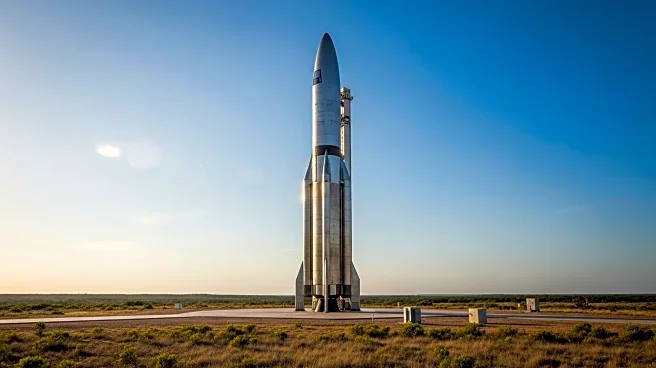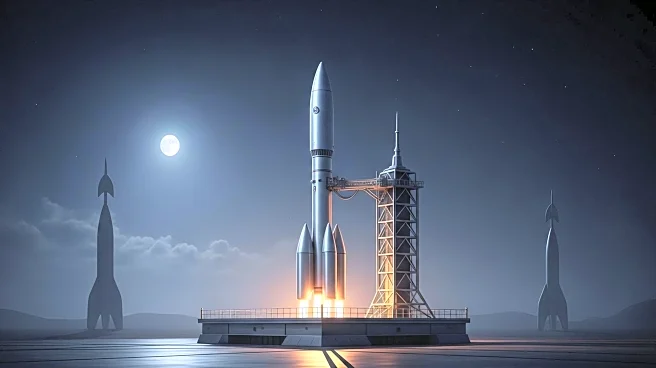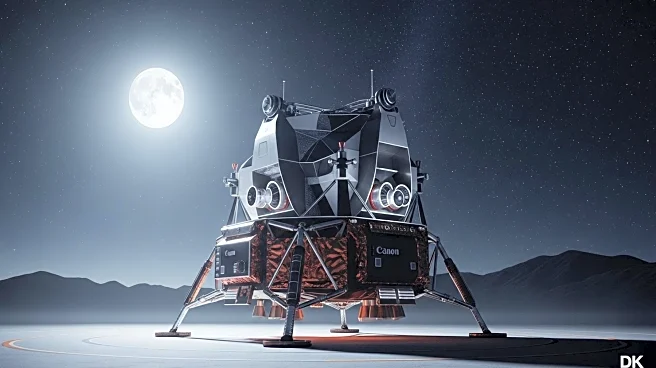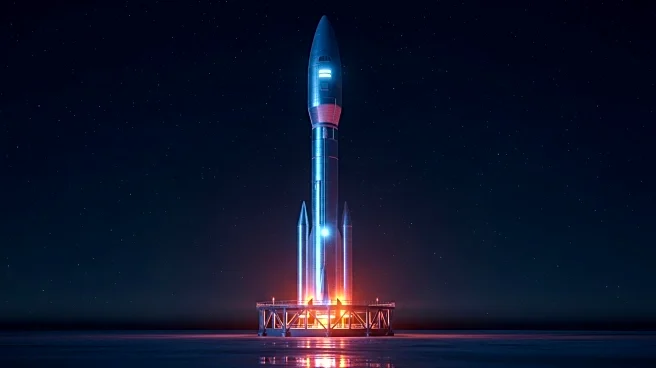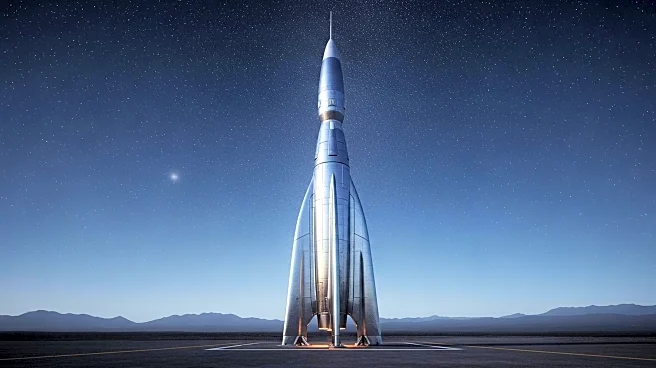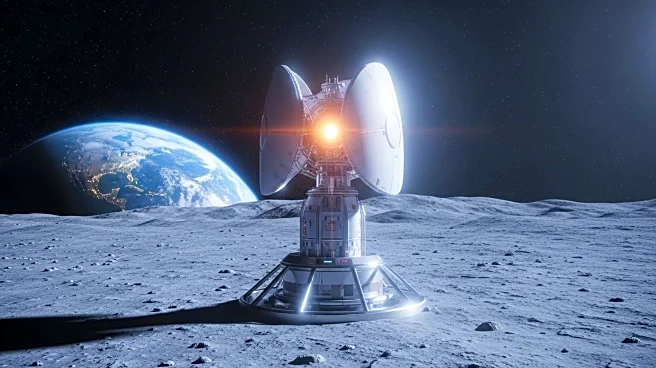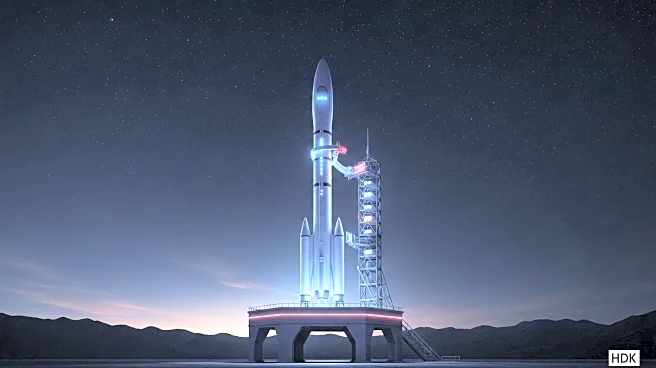What is the story about?
What's Happening?
SpaceX is set to launch its Starship Flight 11, a test mission of its megarocket, from the Starbase site in South Texas. The launch is scheduled for Monday, October 13, with a 75-minute window opening at 7:15 p.m. EDT. Starship, the largest and most powerful rocket ever built, consists of a first-stage booster called Super Heavy and an upper-stage spacecraft known as Starship. Both components are designed to be fully and rapidly reusable. The mission aims to test new configurations and gather data to improve future missions, including a new landing burn engine configuration for Super Heavy. The Flight 11 mission will also test subsonic guidance algorithms and a dynamic banking maneuver before a planned splashdown in the Indian Ocean.
Why It's Important?
The successful launch and testing of SpaceX's Starship Flight 11 are crucial for the company's long-term goals of enabling human settlement on Mars. The vehicle's combination of power and reusability is expected to significantly reduce the cost of space travel, making interplanetary missions more feasible. This test flight will provide valuable data to refine the technology and improve the reliability of future missions. The advancements in reusable rocket technology could revolutionize the aerospace industry, offering more sustainable and cost-effective solutions for space exploration.
What's Next?
Following the test flight, SpaceX plans to analyze the data collected to enhance the design and functionality of the Starship system. Future missions will focus on achieving successful landings back at the Starbase site using the launch tower's 'chopstick' arms. The company aims to continue testing and refining the vehicle's capabilities, paving the way for more ambitious missions, including potential crewed flights to Mars. Stakeholders in the aerospace industry and government agencies will be closely monitoring the outcomes of these tests to assess the viability of long-term space exploration projects.
Beyond the Headlines
The development of reusable rocket technology by SpaceX could have broader implications beyond space exploration. It may lead to advancements in other industries, such as satellite deployment and space tourism, by reducing costs and increasing accessibility. Additionally, the focus on reusability aligns with global sustainability goals, potentially influencing environmental policies related to aerospace activities. The success of these missions could also inspire further innovation and competition within the private space sector.
AI Generated Content
Do you find this article useful?
